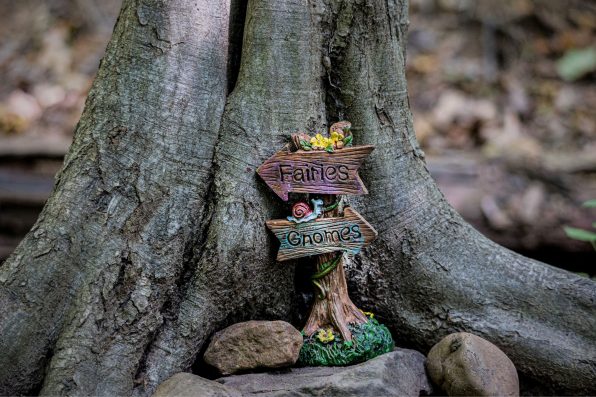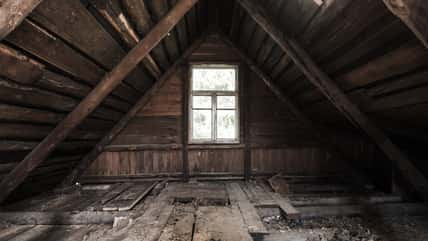Two Young Girls Were Behind The Hoax That Led British Society To Believe Fairies Were Real For Six Decades

Beginning in the 20th century, British society was convinced that fairies existed. The belief persisted for six decades until it was discovered that the fairies were fake. Surprisingly, the perpetrators of the whole hoax were two young girls.
In 1917, nine-year-old Frances Griffiths and 16-year-old Elsie Wright told their parents that there were fairies at the bottom of the garden where they often played.
The two girls were cousins who lived in an ordinary English village. Near their house, there was a small wooded valley through which Cottingley Beck flowed. That was the name of the stream located at the foot of their garden.
Of course, their parents did not believe their claims, so the cousins hatched a plan to prove the Cottingley fairies were real.
Elsie’s father was an amateur photographer, so he had his own equipment and darkroom for developing photos. Borrowing a camera, Elsie and Frances set out to capture pictures of the fairies.
They returned with photos of several winged figures. In one of the images that became famous among the British, Frances is seen gazing off into the distance. There were fairies dancing in front of her.
Frances appeared to be trying hard not to laugh. The images were really just beautiful drawings cut out from paper and stuck to the ground with hatpins.
The girls had copied images in “Princess Mary’s Gift Book,” which was published in 1914. Then, they simply added wings.
On occasion, the family would bring the pictures out for visitors to take a look at, just as a source of entertainment.

Kenny Lin/Wirestock Creators – stock.adobe.com – illustrative purposes only
One day, Elsie’s mother showed the photographs to members of the Theosophical Society, a local organization interested in spiritualism, occultism, and other supernatural ideas.
One of the society’s leading members, Edward Gardner, took the opportunity to promote a spiritual message, claiming that the images were proof that something otherworldly was happening.
Gardner used the images in his teachings and created prints of them to sell. Eventually, they came to the attention of Sir Arthur Conan Doyle.
The novelist had the photos professionally analyzed, and they were declared authentic, much to the astonishment of Frances and Elsie.
Conan Doyle wrote a piece about fairies that was published in Strand Magazine, and it featured the photographs Elsie had taken.
Afterward, the nation became obsessed with fairies, believing in their existence. There were people who thought the Cottingley fairies were fake, but even those who suspected it was a forgery couldn’t figure out how the girls had done it. So, that led many to conclude the fairies might be real.
It is thought that the public readily accepted the existence of fairies because of the time period in which the images were released.
World War I spanned from 1914 to 1918, so in the early 1920s, the nation was trying to cope with the aftermath of the war. The idea of magical beings and the afterlife was comforting.
In the 1980s, the hoax was exposed. Elsie confessed that the fairies were made up. Until the end of her life, Frances maintained that one of the photographs portrayed genuine fairies, perhaps still wanting to keep the stories of magic and mystery alive.
Sign up for Chip Chick’s newsletter and get stories like this delivered to your inbox.
More About:Freaky





